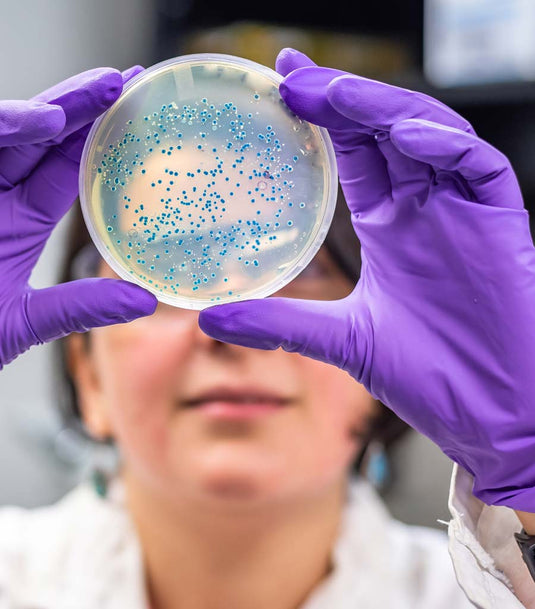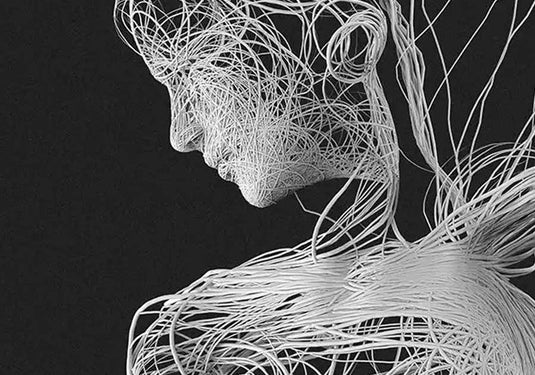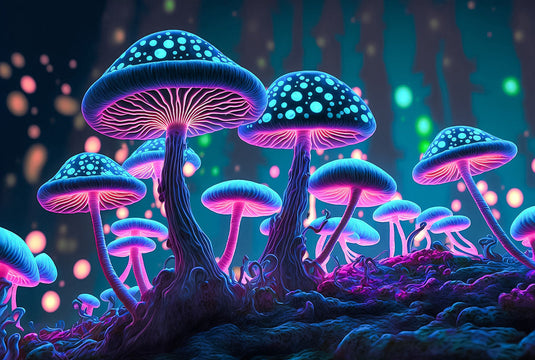Science magazine reports today that adding small amounts of soil from one terrain such as a wild meadow can ‘inoculate’ barren soil elsewhere.
It is of course the uncountable organisms in the healthy soil that achieve this effect – the microscopic bacteria and fungi, nematode worms and other invertebrates. Different communities of these organisms in soil will form relationships with different plants, and so choosing the right soil to draw from will influence which plants grow best in the inoculated soil. This is a dramatic discovery since attempts to restore grasslands, forests and other precious damaged ecosystems are often either unsuccessful or take many years to work.
This is yet another wondrous example of the mirroring of the external environment with our own human internal environment. More and more, it is being understood how the ecology of the human gut – the richest concentration of bacteria found anywhere in the world – influences virtually every aspect of human health. When the right balance of gut bacteria is destroyed by antibiotics, poor diet and disease, it can be a real challenge to restore it to health. One way that is showing great promise, however, is faecal transplantation – seeding the gut of compromised patients with the healthy gut bacteria of donors. Interesting too that Chinese medicine was ahead of the curve on this by nearly 2000 years, Ge Hong, the famous 3rd/4th century Daoist alchemist describing a preparation of dried or fermented faeces (known as ‘yellow soup’) for food poisoning or severe diarrhoea.





